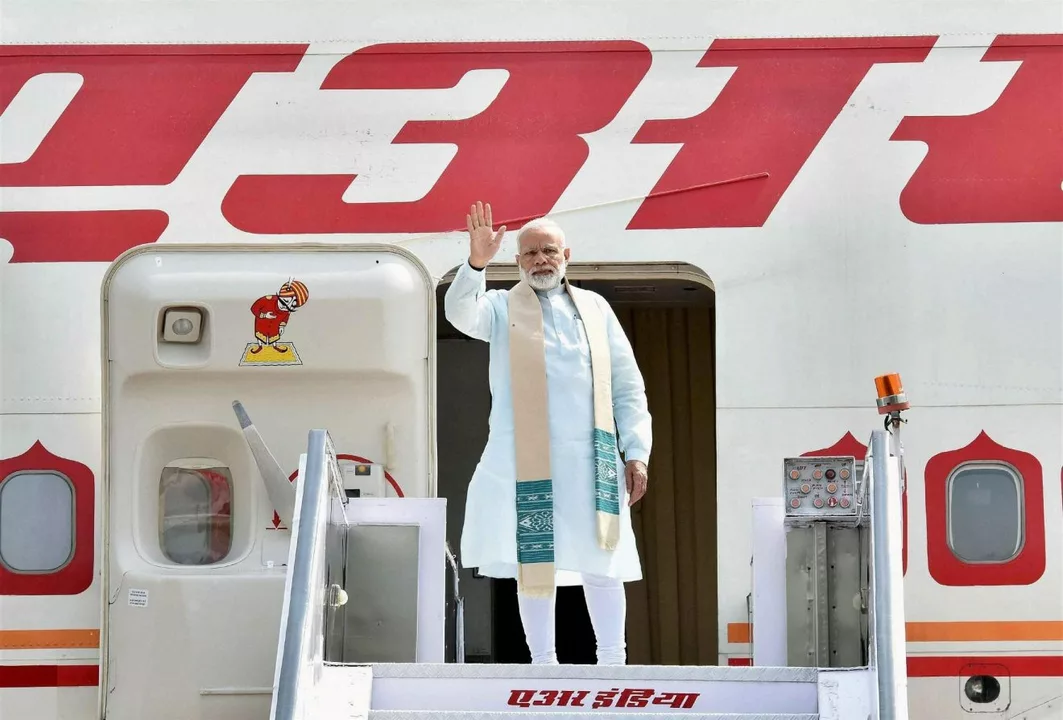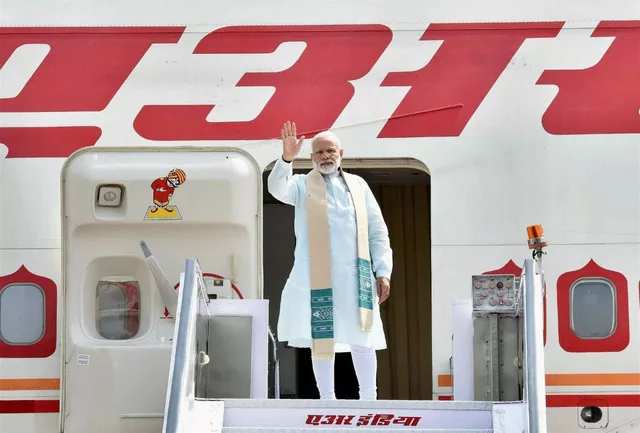Introduction: The Remarkable Transformation of Air India
When it comes to discussing the success stories of industries under the Modi Government, Air India's turnaround is nothing short of remarkable. Despite a history of financial losses and mismanagement, the national carrier has achieved profitability in recent years, and it is essential to understand the factors that have contributed to this change. In this article, we will explore eight critical factors that led to Air India's impressive transformation under the Modi Government.
1. Financial Restructuring and Debt Reduction
One of the most significant steps the Modi Government took to improve Air India's financial health was implementing a comprehensive financial restructuring plan. This plan involved reducing the airline's massive debt burden, which was crippling its ability to invest and grow. By renegotiating loans and interest rates, the government succeeded in cutting down the airline's debt, freeing up much-needed capital for operational improvements and expansion.
2. Efficient Management and Cost Control
Another notable factor that contributed to Air India's profitability was the government's focus on improving management efficiency and cost control. Under the Modi Government, the airline implemented several measures to streamline operations, optimize workforce productivity, and reduce wastage. These measures included renegotiating contracts with suppliers and vendors, consolidating and rationalizing routes, and improving aircraft utilization. The result was a leaner, more efficient organization that could compete effectively in the market.
3. Strategic Fleet Expansion
The Modi Government also recognized the importance of fleet expansion in an increasingly competitive aviation market. To this end, the government supported the airline's plan to acquire new, fuel-efficient aircraft, which not only improved operational efficiency but also allowed the carrier to expand its network and tap into new markets. This strategic expansion played a key role in boosting Air India's revenues and profitability.
4. Emphasis on Customer Service and Passenger Experience
Under the Modi Government, Air India placed a renewed emphasis on improving customer service and enhancing the overall passenger experience. This focus on customer-centricity led to significant improvements in service quality, including better in-flight amenities, more responsive customer support, and increased punctuality. These improvements helped the airline attract more passengers and improve its market share, ultimately contributing to its profitability.
5. Rationalizing Routes and Network Optimization
Another crucial factor in Air India's turnaround was the government's support for rationalizing routes and optimizing the airline's network. By carefully analyzing market demand and identifying profitable routes, the airline was able to eliminate unprofitable flights and focus on high-demand sectors. This strategic approach to route management allowed Air India to maximize its revenues and reduce operating costs, which was instrumental in achieving profitability.
6. Focus on Non-Stop International Flights
Under the Modi Government, Air India turned its attention to expanding its international operations, with a focus on non-stop flights. This strategic decision allowed the airline to tap into the growing demand for long-haul, direct flights from India to destinations in Europe, North America, and Australia. By offering passengers the convenience of non-stop flights, Air India was able to capture a significant share of this lucrative market segment, which contributed to its bottom line.
7. Government Support and Policy Reforms
The government's support and policy reforms also played an essential role in Air India's turnaround. The Modi Government introduced several aviation sector reforms, such as the National Civil Aviation Policy, which created a more level playing field for all airlines, including Air India. These policy changes allowed the national carrier to compete more effectively with private players, helping it regain market share and improve its financial performance.
8. Strong Leadership and Vision
Lastly, the strong leadership and vision provided by the Modi Government were instrumental in driving Air India's transformation. The government's commitment to turning around the airline's fortunes sent a clear message to the organization that change was necessary, and it provided the motivation and direction required to achieve this goal. Under the Modi Government's guidance, Air India embraced a new culture of efficiency, competitiveness, and customer-centricity, which ultimately led to its remarkable turnaround.
In conclusion, Air India's journey from a loss-making enterprise to a profitable national carrier is a testament to the power of strategic thinking, efficient management, and government support. The Modi Government's focus on financial restructuring, cost control, fleet expansion, and customer service, combined with its commitment to policy reforms and strong leadership, played a critical role in turning around the airline's fortunes. The success story of Air India under the Modi Government serves as an inspiration for other struggling public sector enterprises and offers valuable lessons on the importance of adaptability, innovation, and resilience in today's competitive business landscape.



